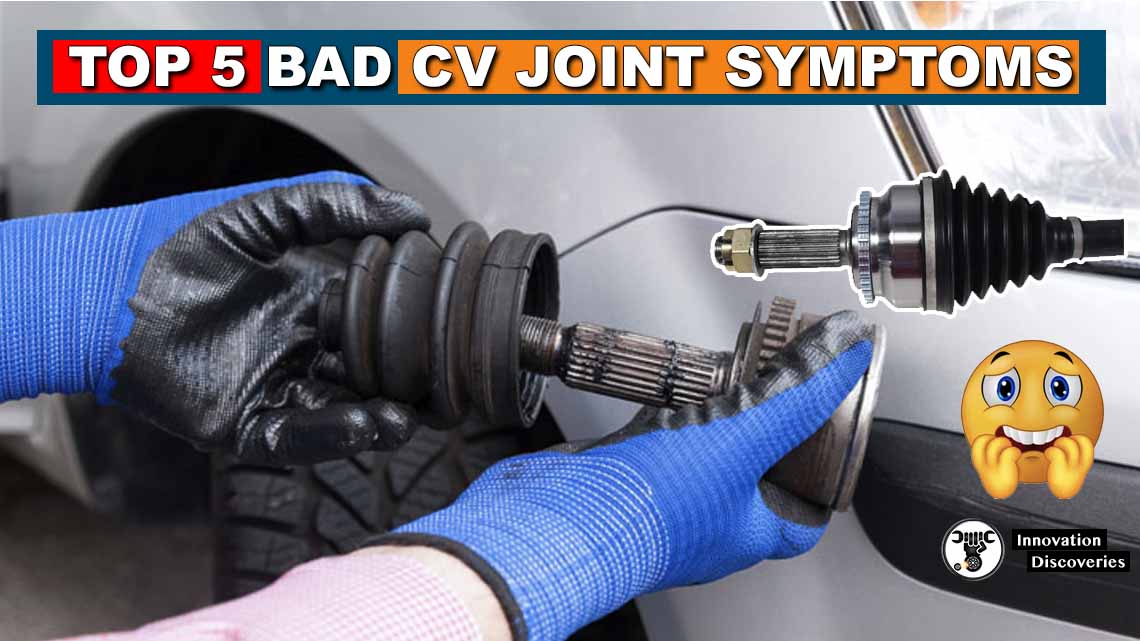
Introduction:
The constant-velocity (CV) joint plays a vital role in the drivetrain of a vehicle. It serves as the connection between the transmission and the wheels, allowing the power to be transmitted smoothly and efficiently.
As with any mechanical component, the CV joint is susceptible to wear and tear over time, which can lead to a range of symptoms indicating a potential problem. Recognizing these symptoms early on is essential in order to prevent further damage and maintain safe driving conditions.
In this article, we will delve into the top five symptoms that indicate a bad CV joint, helping you identify issues promptly. Additionally, we will provide valuable insights into the potential cost involved in replacing a faulty CV joint.
By understanding these symptoms and the associated replacement costs, you will be better equipped to address any CV joint issues effectively and ensure the continued reliability of your vehicle’s drivetrain.
Top 5 Bad CV Joint Symptoms
There are certain warning signs to look out for when it comes to CV joint failure. Below are the 5 most common symptoms of a bad CV joint:
1. Tire Edge Grease
One of the telltale signs of a failing CV joint is the presence of grease on the inside edge of the tire. A damaged CV joint may leak grease, which can accumulate around the tire area.
This grease is usually thick and dark in color, indicating a problem with the CV joint boot that protects the joint from contaminants. If you notice grease on your tires, it’s essential to have the CV joint inspected promptly.
2. Turning Causes Loud Noises.
When making sharp turns, such as during parking or maneuvering, a bad CV joint may produce a clicking or popping sound. This noise is often more noticeable when the vehicle is in motion and the CV joint is under stress. The clicking or popping sound is an indication that the CV joint is worn out or damaged and requires attention.
You can test this by doing the following:
- Shift the gear into reverse
- Turn the wheel all the way to one side,
- Step on the gas pedal.
3. Bouncy Driving.
A deteriorating CV joint can result in a bouncy or unstable driving experience. If you feel your vehicle bouncing excessively, especially during acceleration or deceleration, it could be a sign of a faulty CV joint.
This symptom is often accompanied by a clunking sound, indicating that the CV joint is not functioning properly.
4. Vibrations
A worn-out CV joint may cause vibrations that are noticeable through the steering wheel or the vehicle’s floorboard. These vibrations can become more pronounced at higher speeds.
If you feel unusual vibrations while driving, it is advisable to have your CV joints checked, as they may be nearing the end of their lifespan.
5. Movement Causes Knocking Sounds.
When the CV joint is severely damaged or on the verge of failure, any movement of the vehicle may produce knocking or thumping sounds. This symptom is particularly noticeable when shifting from drive to reverse or vice versa.
The knocking sounds indicate that the CV joint has significant damage and requires immediate attention to avoid further complications.
CV Joint Replacement Cost
The cost of replacing a CV joint can vary depending on several factors, including the make and model of the vehicle, the location, and the labor rates of the repair shop. On average, the replacement cost for a single CV joint ranges from $200 to $400, including parts and labor. However, if multiple CV joints need replacement or if additional repairs are required due to collateral damage, the cost can increase accordingly.
It is important to note that addressing CV joint issues promptly can prevent more severe damage to other drivetrain components and potentially save on repair costs in the long run. If you suspect any symptoms of a bad CV joint, it is recommended to consult a professional mechanic for a thorough inspection and necessary repairs.
Remember, maintaining the integrity of the CV joint is essential for safe and smooth driving, ensuring that power is transferred from the transmission to the wheels efficiently and reliably.
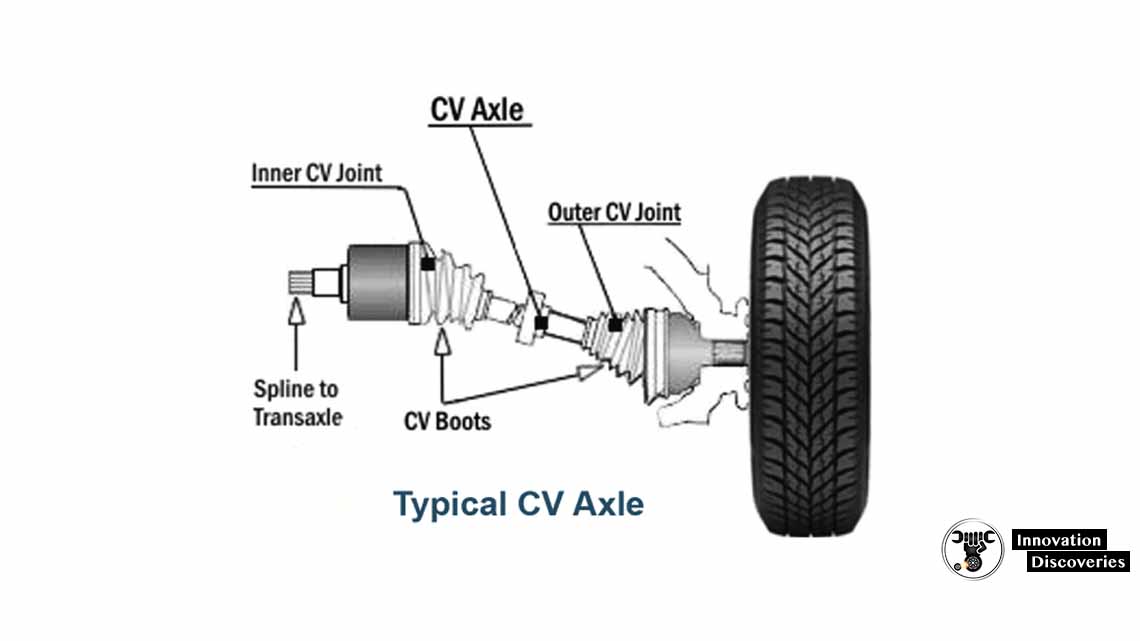
Read More:
- Symptoms Of A Blown Head Gasket? How To Prevent And Fix It
- 5 Things You Should Never Do In A Dual Clutch Transmission Vehicle
- Can You Drive A Car With Bad Motor Mount?
- Top 10 Car Noises That Should Never Be Ignored
- Top 10 Reasons Why Diesel Engines are not Used in Bikes?
- 5 Causes of an Alternator Not Charging
Discover More:
Read More:
- HOW CAR SPRINGS AND DAMPERS WORK
- HOW AIR SUSPENSION SYSTEMS WORK
- 5 SUSPENSION MODS YOU SHOULD NEVER DO TO YOUR CAR
- A QUICK GUIDE TO DIAGNOSING 10 COMMON STEERING ISSUES
- 5 WARNING SIGNS OF BAD INTERMEDIATE STEERING SHAFTS
- 3 COMMON SYMPTOMS OF LOW POWER STEERING FLUID
- ELECTRIC VS HYDRAULIC POWER STEERING
- HOW POWER STEERING WORKS?
- STEERING SYSTEM: REQUIREMENTS, TYPES, POWER STEER
Visit Forum
Visit Our Friendly Website


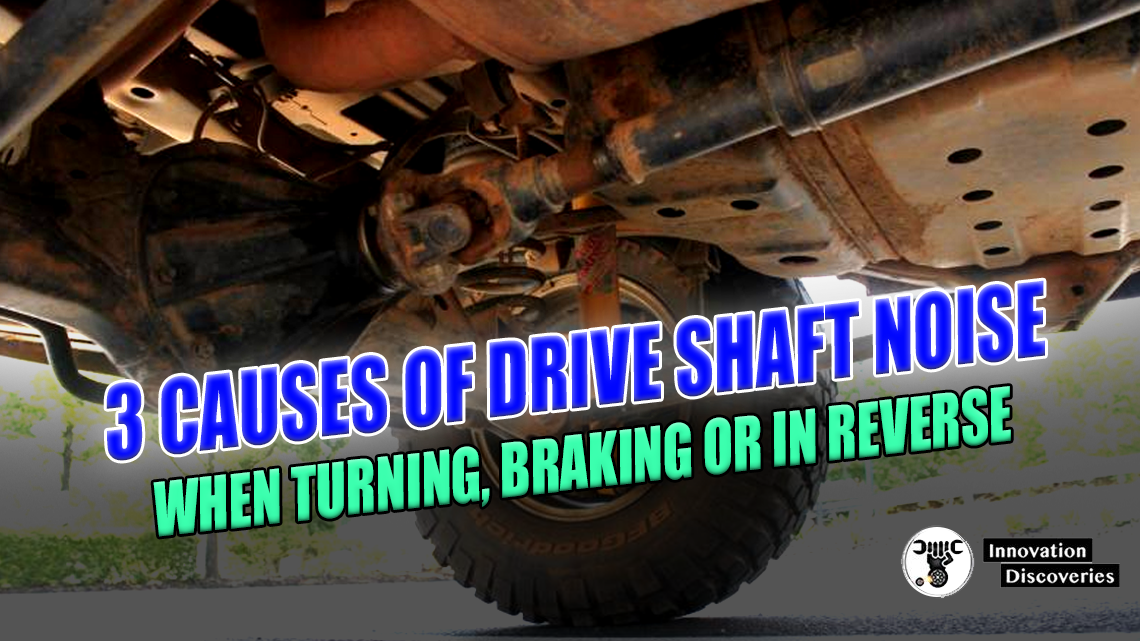
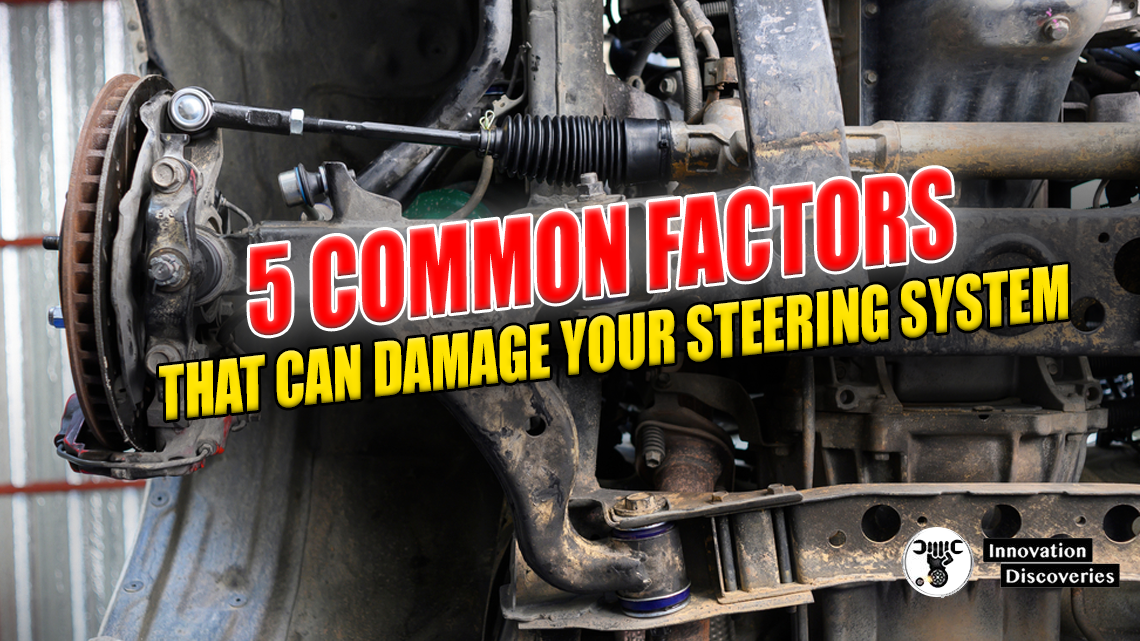
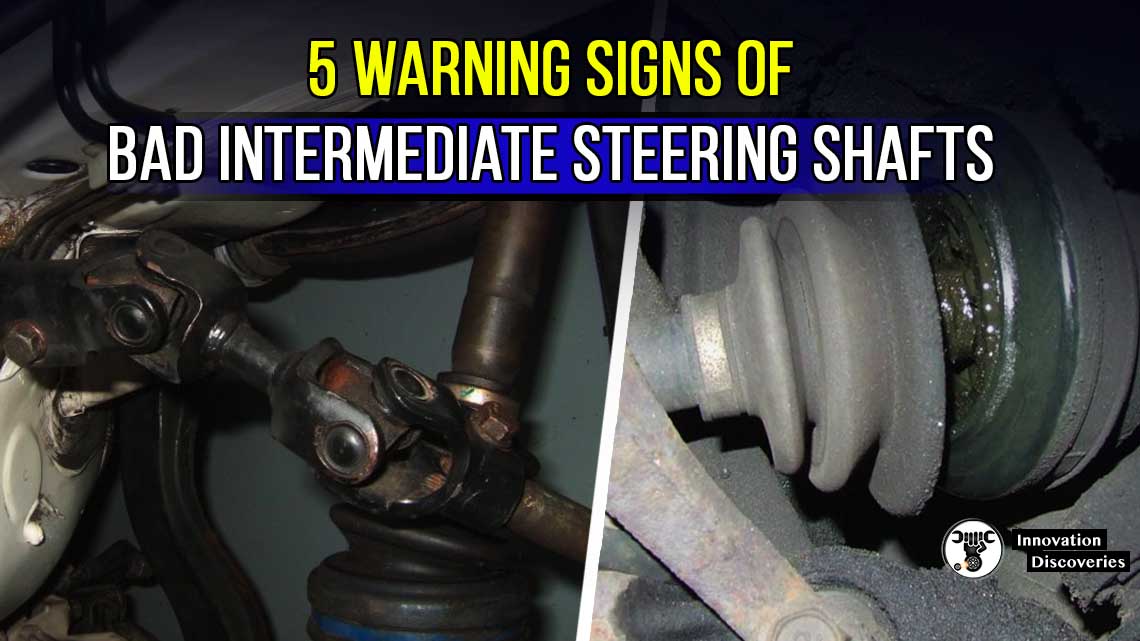
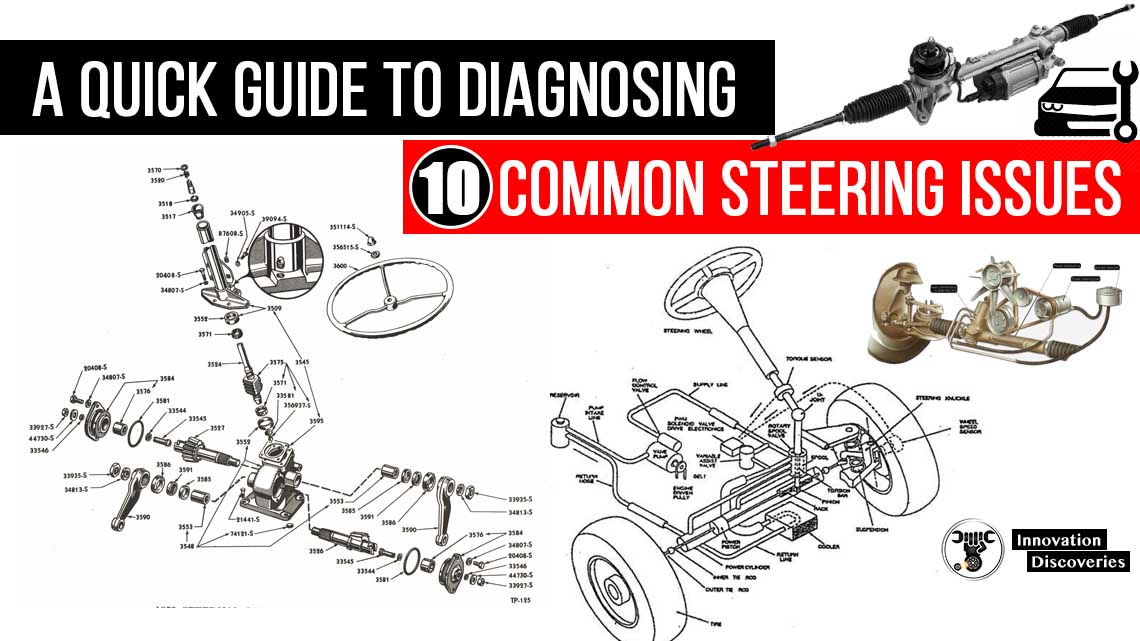
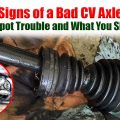

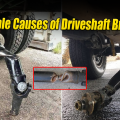
Very helpful
Thank